Every camera make and model comes up with many features; some unique..some fancy..some hidden..However advanced the features may be but if they do not assist you in achieving the image that you envisaged….it’s of no use to you..
1. Processor/Sensor..bigger the better ..not anymore..with improved tech few latest crop sensor* cameras are as good value for money as a Full Frame**
*Sensor size is below 35mm aka APS-C body. **Sensor size is 35mm and above.
a. All the exposure parameters that you have set finally makes its impression on the sensor. If the sensor is not strong then it doesn’t collect and process all these many data effectively. Data loss affects the quality of images.
b. The dynamic range of colours. Exact rendering of tone, hue, luminosity, and shade of each colour is essential to reproduce colours in your images as found in nature.
c. Strong noise control quality of the sensor allows you to shoot at high ISO during low light conditions. Noise control is also well managed during long exposures.
2. Metering
The precision and effectiveness of the exposure meter depends on the number of pixels involved in the metering sensor and the number of zones in the TTL open-aperture metering
3. Focus points.
a. If there are not adequate Number of Focus Points, you are forced to re-compose and/or reframe. This is also the case if focus points are not adequately spread across in your viewfinder and concentrated more in the center.
One way to overcome lack of adequate focus points is to use the focus and recompose technic. This isn’t fool proof and not a comfortable way to shoot every time. It requires additional thought process and time.
Note photography is all about split seconds moments..
b. Focus points meter/read light in Single plain, Cross plains and Dual Cross plains. It is important to know how many of each and how they are spread across the focus point groups. If the light sensitivity and quality is low at a location and if you are metering it with a single plain focus point vs cross/dual cross type, the light is better metered with the cross/dual cross type. There is a good chance of not achieving focus and/or taking more time to achieve focus with a single plain. the and type focus points might be missing or only work with Centre focus point.
c. Focus points are assigned luminance EV depending on the ability to attain focus even when light is below Normal i.e., 0 luminance. Usually the centre focus point can attain focus at lower luminance compared to other focus points. During low and/or varying light conditions choosing a focus point that has EV above 0 will make the lens hunt for focus.
d. There could be limitations on the number of focus point availability and cross type points depending on the type of and max. Open aperture of your lens.
Strong AF points coupled with a Strong Lens can immensely add focussing power.
4. ISO Range.
a. Full Range — An extended range of ISO beginning at the lowest of 100 (in APS-C bodies) and 50 (in select full frame bodies) maxing ~ 409600.
Will you ever use 12800..25600..102400..409600..Never!! But you do pay for this extended range..because such ranges offers you an extended Working Range.
b. Working Range – Usable ISOs that offer you the ability to shoot at faster shutter speeds; eventually sharper images and ability to freeze movement with no, or negligible noise. With an extended working range, the ISO speed increases in incremental values offering your better control to fine tune ISO selections and shutter speeds.
5. Burst Rates.
For a sports, wildlife, bird photographer burst rates matter. High burst rates cameras should also be supported by fast reading data cards. A general class 10 is no longer adequate. Even while bursting, the “rolling finger movement” vs “normal press down” to trigger the shutter will help you manage bursts and fetch you variations in compositions between bursts.
6. Viewfinder – 100% vs 98%
With a 100% Viewfinder, what you see is what you get in your images. There is no need to add adequate space to your frames so that images don’t get tightly cropped. And in a tightly cropped frame you don’t find edges cut off abruptly in the image.
7. Vari-Angle LCD
In my personal view, I love vari-angle LCD..pull it out and twist n’ turn and ease of use to shoot all those weird frames and from confined angles. I have achieved images which would have otherwise been hard to get or impossible.
When shooting outdoors, the screen should be good enough to control light refractions so you are able to view shooting details or give a fast review of the images.
8. Battery
Out traveling or covering an event..the battery has to hold up for the whole day. If your mind is always thinking about how many more to shoot and how much more time and if you battery is not matching up..either a grip or additional batteries are needed. Low Temperature conditions does effect your battery performance. Re-charging capacity declines over time and needs to be tracked.
9. Ergonomics & Weight
Placement of the buttons, accessibility and maneuverability positively effects your productivity. Custom functions can be applied on button so one button can execute multiple tasks. You focus on getting the image and not searching through menus..sub menus..functions and sub functions to reach to a feature.
As stated elsewhere on this page.. Photography is all about split seconds moments..
After a well rested night and a good breakfast, you would be excited about the photo-ops the day would offer. Your muscles will not feel it when picking up your camera mounted with a lens. But after carrying it around for 3 hours and the sun beating down on you or when by midday you are feeling dehydrated and glucose burning out in your muscles; you suddenly realise the actual weight of the camera and if your shooting day includes indoor shots that needs you to mount a speedlite..just a thought of it is giving you a backache..isn’t it?
10. Mega Pixels.
Last but not the least, MegaPixels count if you are images go in for big prints. When did you last print and how big !!? The only other time MegaPixels will help you is when you have goofed up on your composition/framing and need to perform an extreme crop. High megapixel images dont break pixels if cropped..everything has limit..so dont overdo..
When we have paid big bucks for a high megapixel camera, why not invest all those pixels in the entire image rather than make a wrong composition and then recrop and lose pixels.
High Megapixel images also need bigger storage and bursts will also be of slower rate so needs faster read/write rates on your data cards. You also need strong lens that can resolve to such high megapixels.
There are other features as well and few might be make/model specific, but what is discussed on this blog are those which are essential to making a good image.
Hope this blog has been helpful in answering questions that were lingering in your mind..and might have kindled new ones!!!

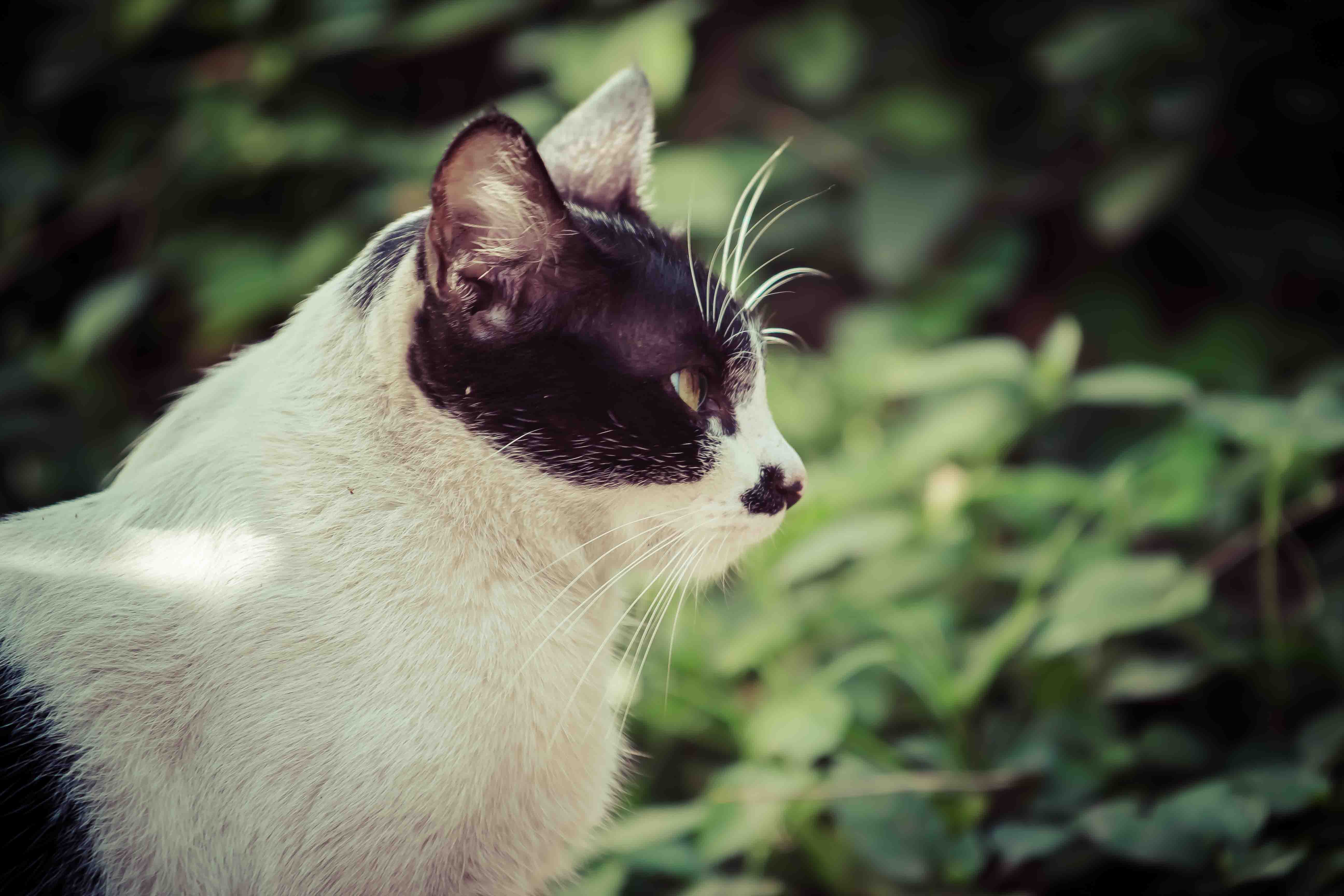
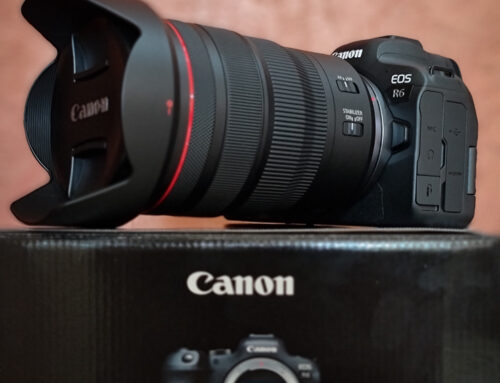
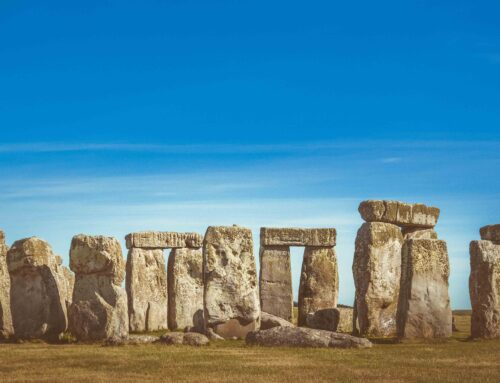
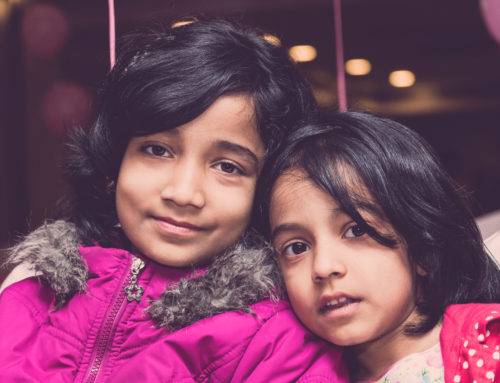
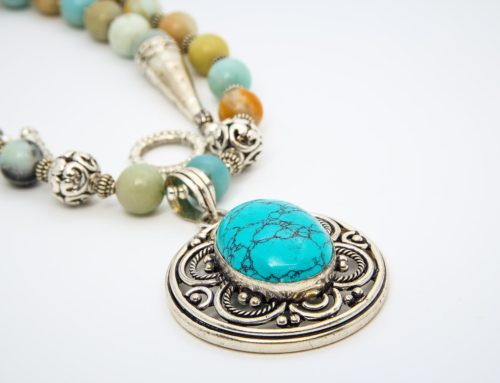
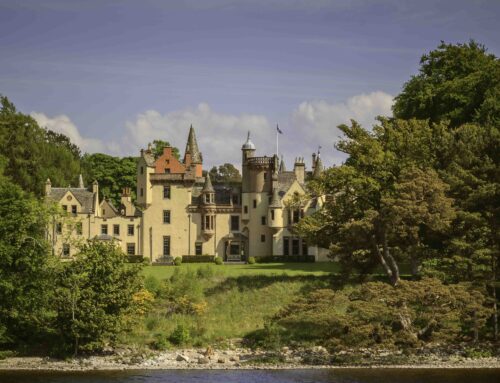
Leave A Comment